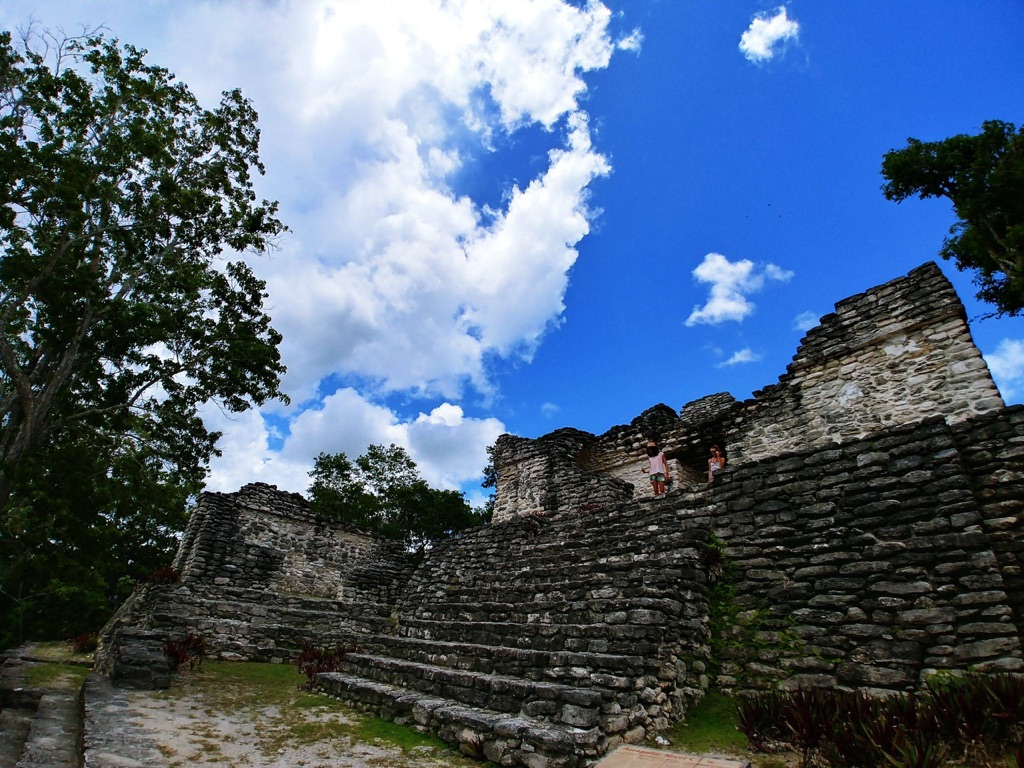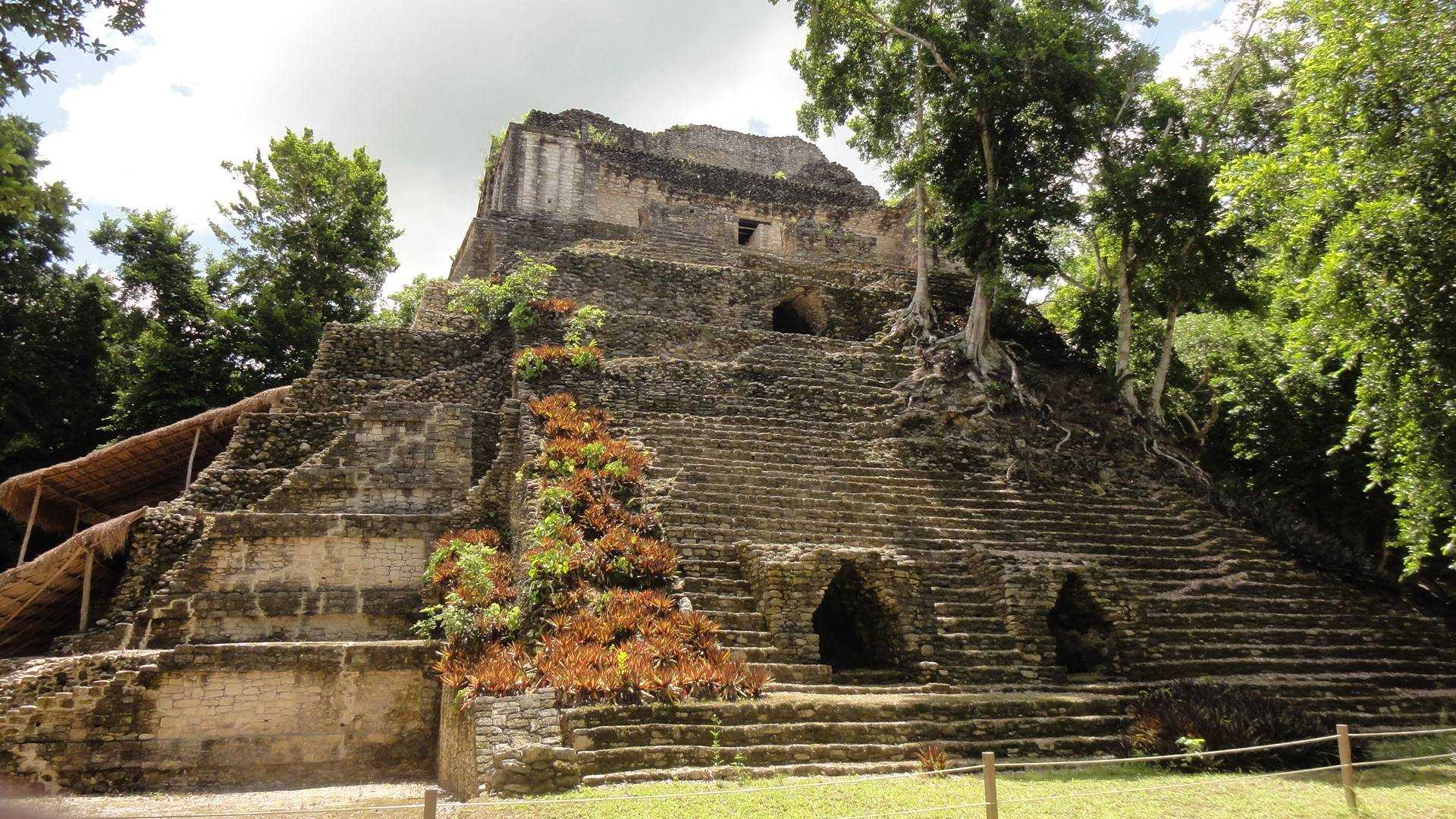Dzibanche, located in the Yucatan Peninsula of Mexico, is a significant archaeological site. It was a major city of the ancient Maya civilization. The site, rich in history and culture, offers a glimpse into the lives of the Maya people. Dzibanche is known for its impressive architecture, including temples, plazas, and palaces. The site also provides valuable insights into the political, social, and economic systems of the Maya civilization.
Get your dose of History via Email
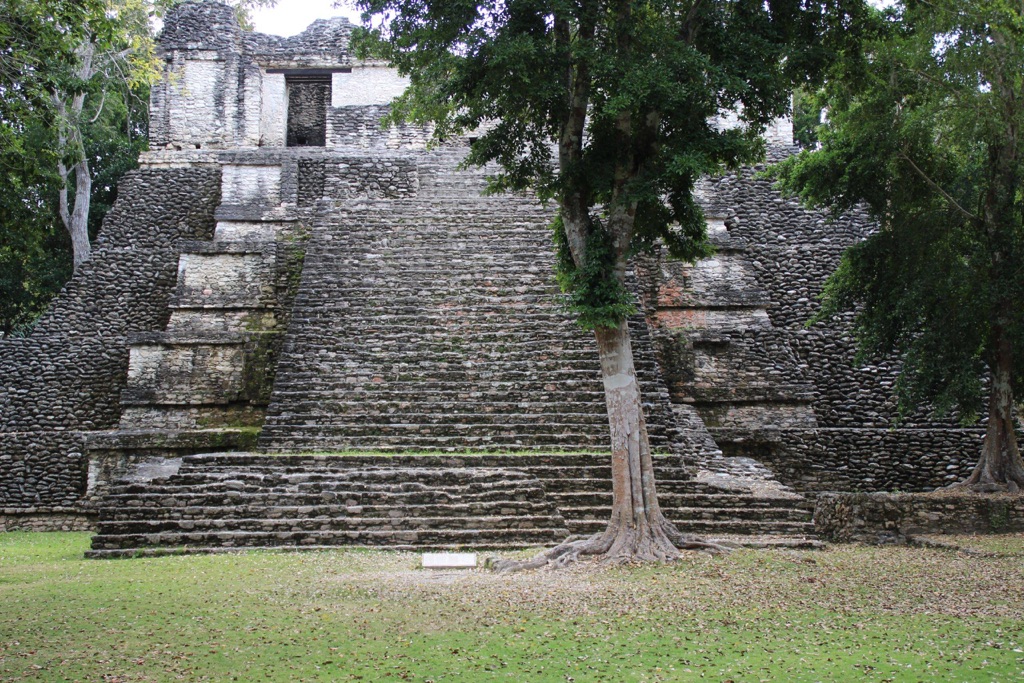
Historical Background of Dzibanche
Dzibanche, meaning “writing on wood” in the Mayan language, was a prominent city during the Classic Period of the Maya civilization. It was a political and economic hub, with its influence extending across the Yucatan Peninsula. The city’s prosperity is evident in the grandeur of its architecture and the complexity of its urban planning.
The city’s rise to prominence began around AD 200, and it remained a significant center until the 10th century. Dzibanche was a part of the larger Kaan dynasty, which was one of the most powerful political entities in the Maya world. The city’s rulers played a crucial role in the political dynamics of the region.
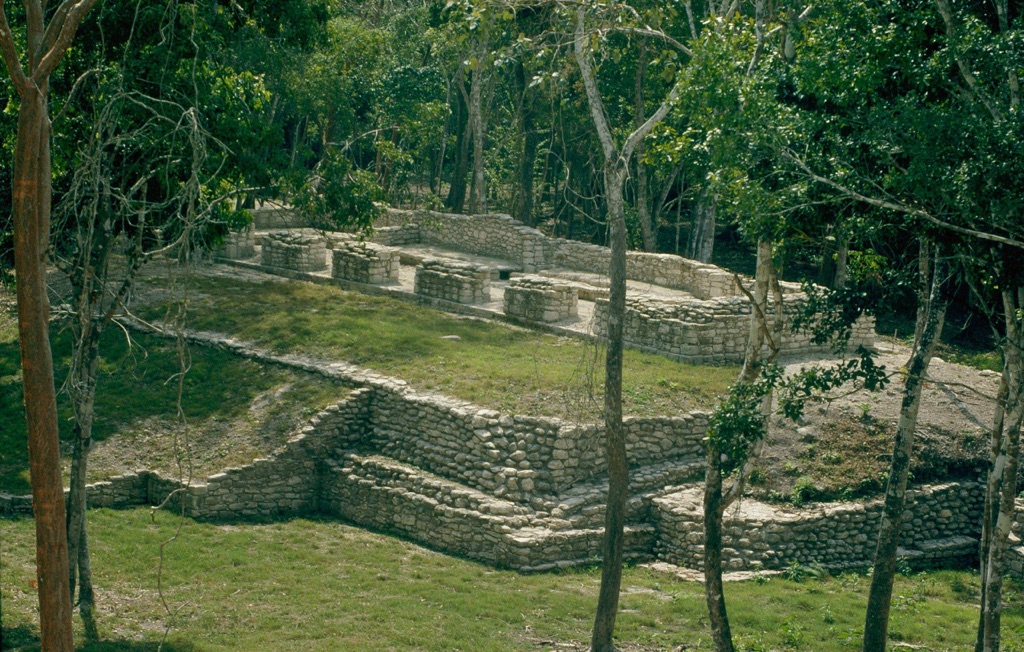
Archaeological excavations at Dzibanche have uncovered a wealth of artifacts, including pottery, jade, and obsidian objects. These findings provide valuable insights into the city’s economic activities and trade networks. The city’s decline, like many other Maya cities, is believed to be due to a combination of environmental changes and social upheaval.
Today, Dzibanche is a popular tourist destination, attracting visitors with its well-preserved architecture and its fascinating history. The site continues to be a focus of archaeological research, with new discoveries shedding light on the city’s past.
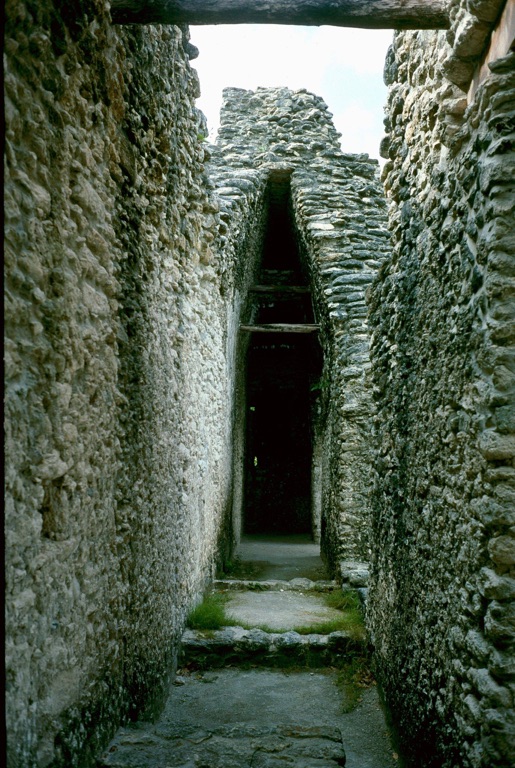
Architectural Highlights/About the Artifact
Dzibanche is renowned for its impressive architecture. The site features several large plazas surrounded by temples and palaces. The buildings are characterized by their intricate stone carvings and detailed stucco work. The city’s layout reflects the Maya’s advanced understanding of urban planning and architecture.
The Temple of the Lintels is one of the most notable structures at Dzibanche. This pyramid-shaped temple features a series of wooden lintels, which are rare in Maya architecture. The lintels are decorated with intricate carvings, providing valuable insights into the city’s religious practices and beliefs.
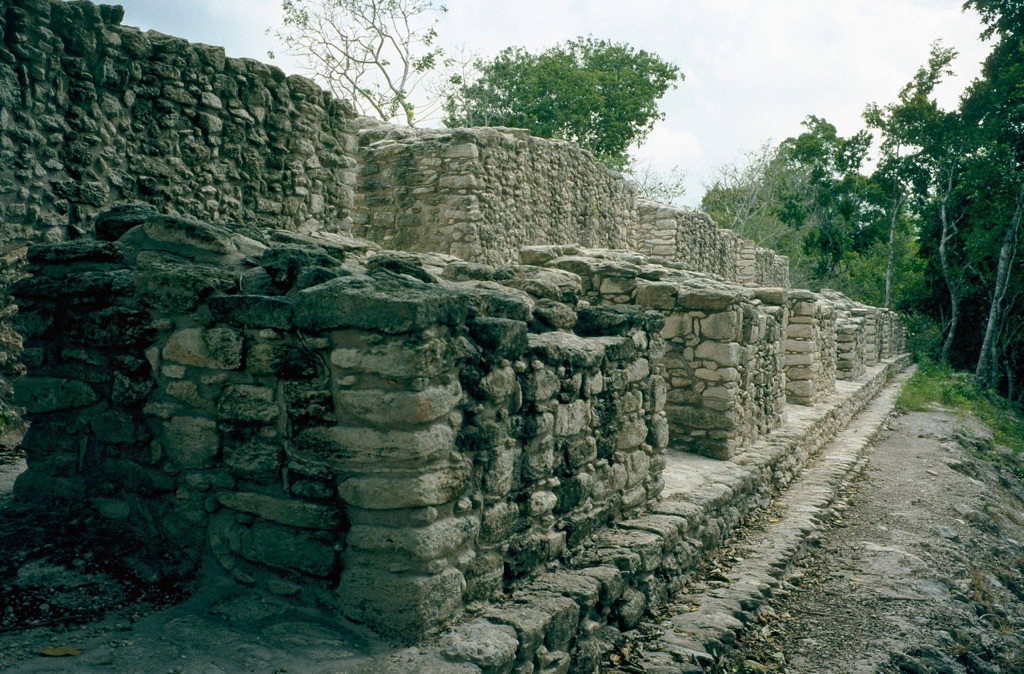
The Temple of the Captives is another significant structure at Dzibanche. This temple is named after the carved stone slabs found within it, which depict captives taken in warfare. The temple’s architecture and the carvings provide evidence of the city’s military prowess and its involvement in regional conflicts.
The Acropolis is a large complex of buildings at Dzibanche. It includes several temples, palaces, and a ball court. The Acropolis reflects the city’s political and social hierarchy, with the most important buildings located at the highest points.
Other notable structures at Dzibanche include the Temple of the Owls and the Temple of the Cormorants. These temples are named after the bird species depicted in their carvings. The carvings provide insights into the city’s religious beliefs and the importance of nature in Maya culture.
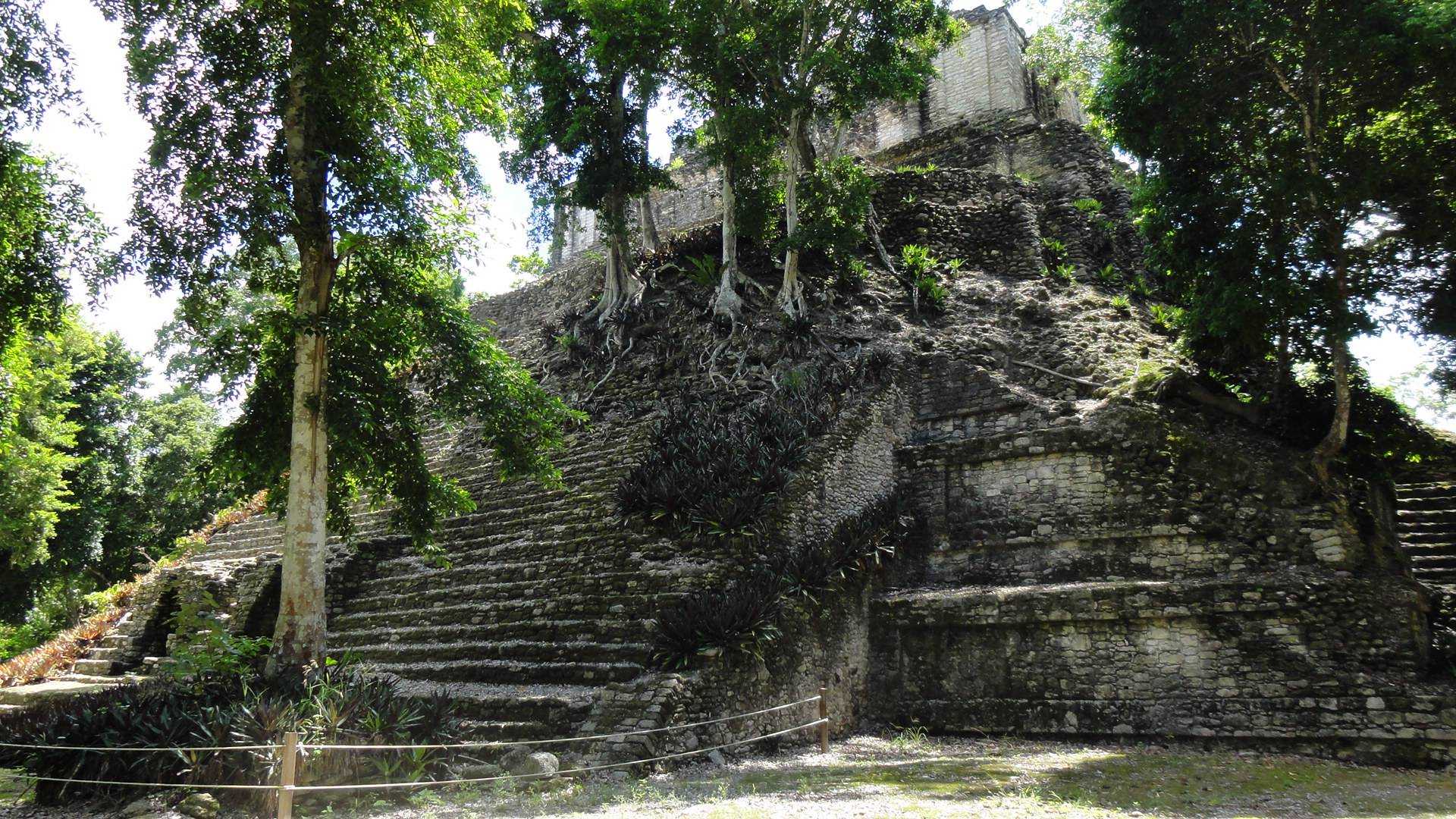
Theories and Interpretations
There are various theories and interpretations about Dzibanche’s history and culture. One theory suggests that the city was a major center of the Kaan dynasty. This theory is supported by the presence of the Kaan emblem glyph at the site. The glyph indicates that Dzibanche was a part of the Kaan’s political network.
Another theory proposes that Dzibanche was an independent city-state. This theory is based on the city’s extensive trade networks and its distinct architectural style. The city’s architecture suggests that it had its own unique cultural identity, separate from other Maya cities.
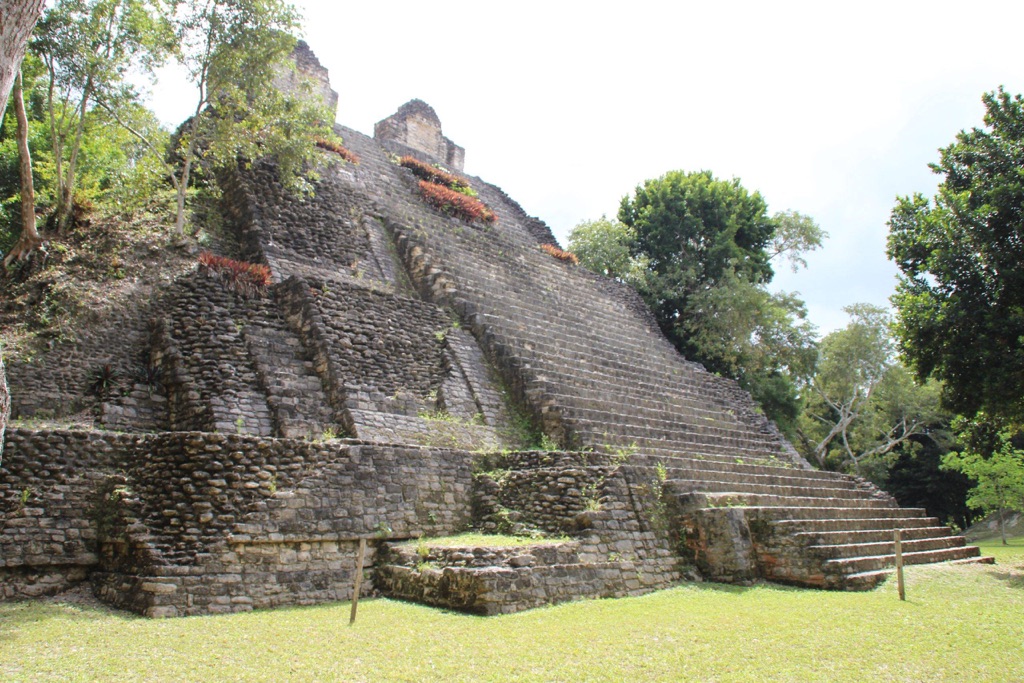
There are also theories about the city’s decline. Some scholars believe that environmental changes, such as droughts, led to the city’s downfall. Others suggest that social upheaval and warfare were the main causes of the city’s decline.
The city’s religious practices and beliefs are another area of interpretation. The carvings on the city’s temples provide evidence of the city’s religious rituals and the gods they worshipped. The carvings also suggest that the city’s rulers played a significant role in religious ceremonies.
The interpretation of Dzibanche’s history and culture continues to evolve as new archaeological discoveries are made. These discoveries provide new insights into the city’s past and its place in the Maya civilization.
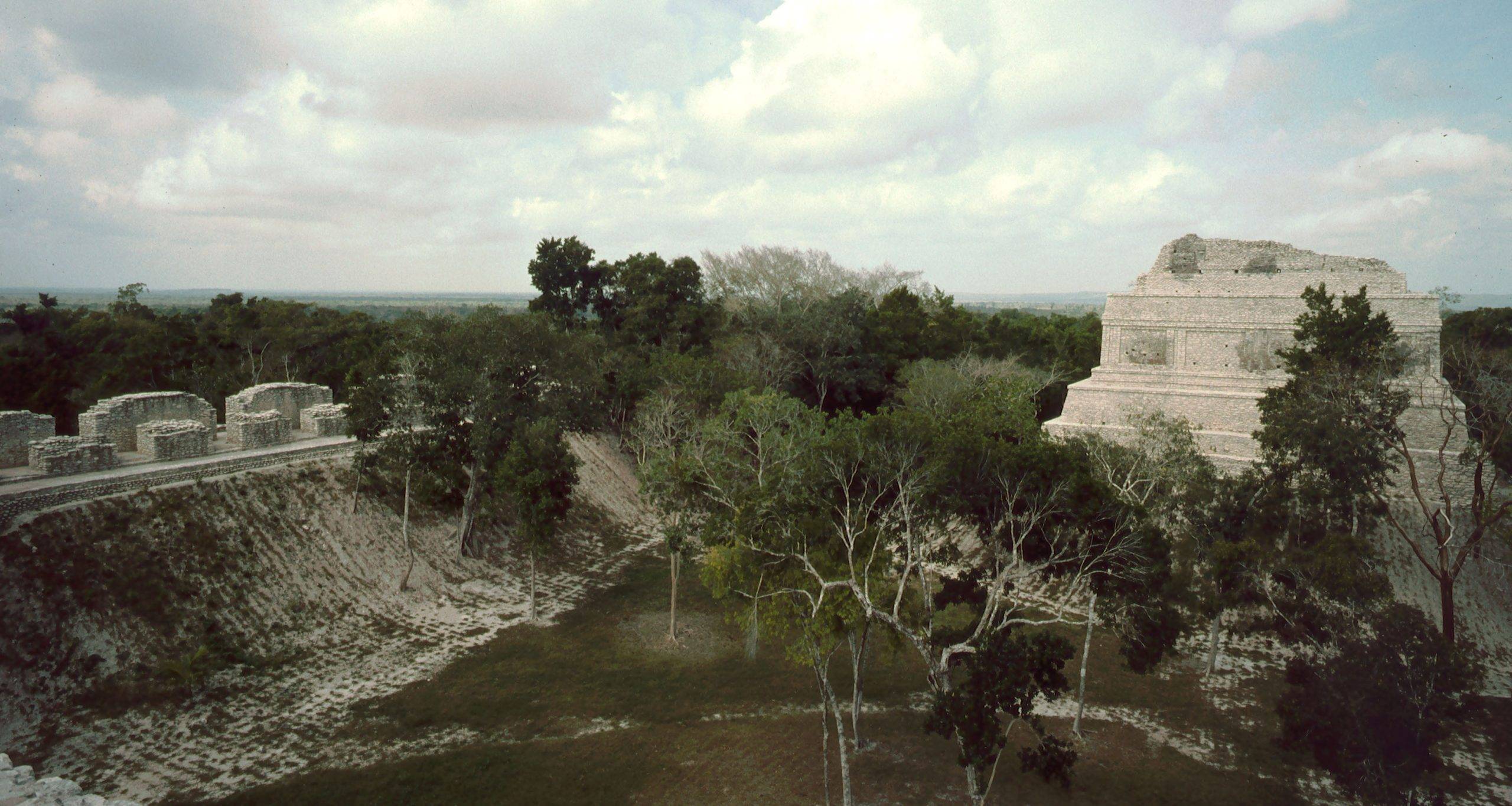
Good to know/Additional Information
Visiting Dzibanche offers a unique opportunity to explore a well-preserved Maya city. The site is located in a remote area, providing a tranquil and authentic experience. However, visitors should be prepared for the hot and humid climate of the Yucatan Peninsula.
The site is open to the public, but there are no facilities or services available. Visitors are advised to bring their own food and water. It is also recommended to wear comfortable shoes and clothing, as the site involves a lot of walking.
Guided tours are available, providing detailed information about the site’s history and architecture. The tours are led by knowledgeable guides, who can answer any questions about the site. The tours also include a visit to the nearby Kinichna archaeological site.
Photography is allowed at the site, but the use of tripods is prohibited. Visitors are also advised to respect the site and not to touch or climb on the structures. The site is a protected area, and any damage to the structures is punishable by law.
Visiting Dzibanche is a rewarding experience for anyone interested in history, archaeology, or the Maya civilization. The site offers a fascinating glimpse into the past and a chance to appreciate the architectural and cultural achievements of the Maya people.
